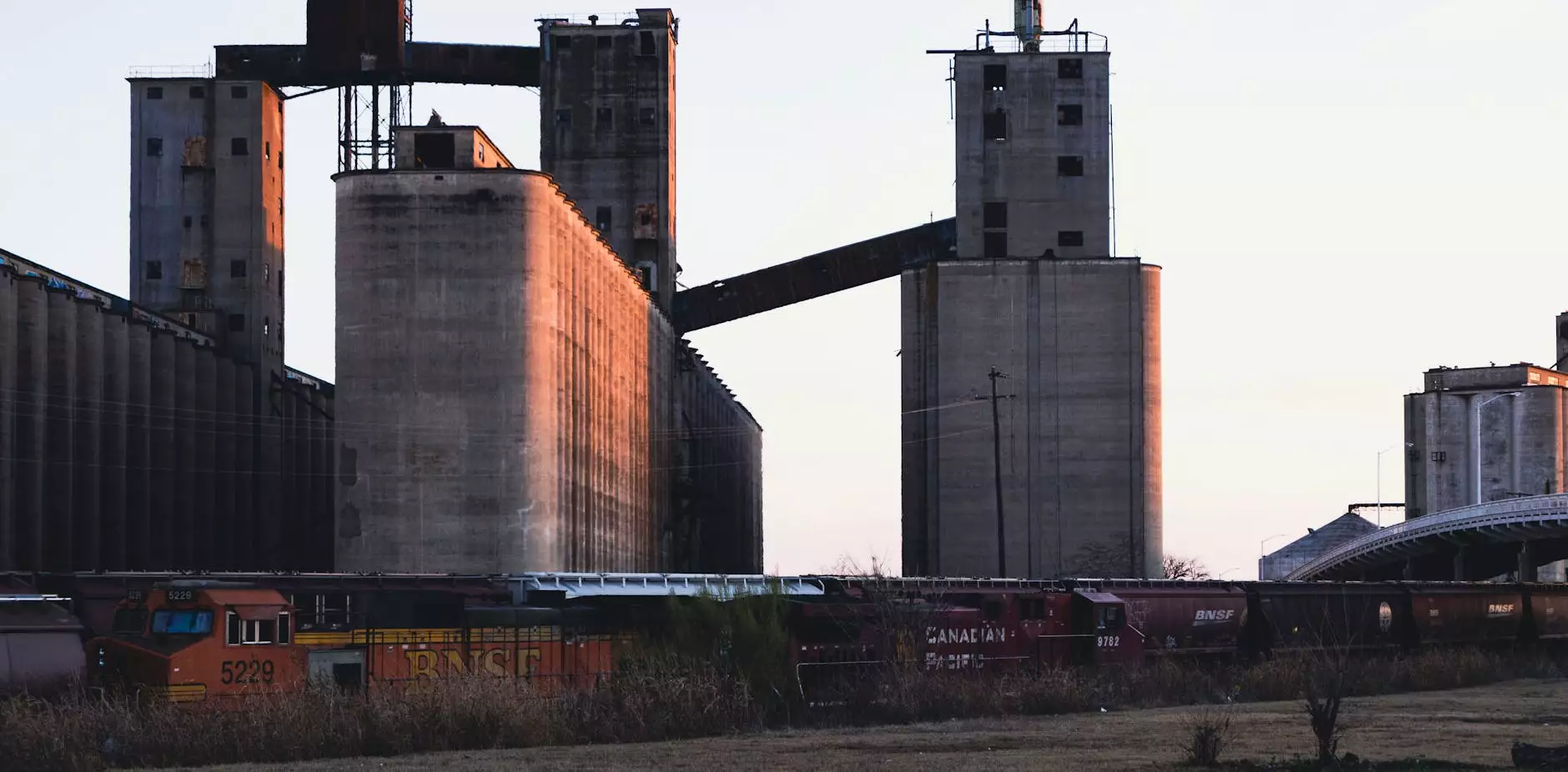The Importance of Silo Monitoring in Modern Agriculture

In the world of agriculture, effective storage and management of grain and feed play a crucial role in the success of farming operations. One of the vital aspects of this management is silo monitoring. This system not only facilitates better grain and feed quality preservation but also enhances operational efficiency. In this article, we will explore the multifaceted benefits and technologies of silo monitoring, ensuring you understand why this practice is essential for every farming operation.
What is Silo Monitoring?
Silo monitoring refers to the process of overseeing and managing the conditions of stored grain, grain feeds, or other bulk materials in silos. These systems utilize various technologies to monitor temperature, moisture levels, and other environmental factors that affect storage conditions. Understanding these parameters is essential for maintaining the quality of the stored product and for preventing potential losses due to spoilage or pests.
Benefits of Silo Monitoring
- Enhanced Quality Control: Maintaining the ideal conditions for stored materials is crucial to prevent spoilage. With effective monitoring, farmers can ensure that temperature and humidity levels remain within optimal ranges.
- Pest Control: Regular monitoring can help detect pest infestations early. This prevents significant economic losses that can occur if infestations are left unchecked.
- Reduced Waste: By understanding the condition of the stored products, farmers can reduce waste and losses, maintaining better profitability.
- Data-Driven Decisions: Advanced monitoring systems provide real-time data, allowing farmers to make informed decisions and adjustments to their practices as necessary.
Technologies Used in Silo Monitoring
The technological advancements in silo monitoring have been remarkable. Various tools and systems are now available that can significantly improve the monitoring process:
1. Temperature Sensors
Temperature sensors are essential for monitoring the temperature variations in the silo. High temperatures can indicate spoilage or the presence of mold, thus needing immediate attention.
2. Moisture Sensors
Moisture sensors detect the humidity levels in the silo. Excess moisture can lead to the growth of mold and bacteria, rendering the stored material unusable.
3. Real-time Monitoring Systems
Integrating IoT (Internet of Things) technologies, real-time monitoring systems provide constant updates to farmers on the conditions of their storage facilities. This allows immediate action when adverse conditions are detected.
4. Ventilation Control Systems
Automated ventilation systems can be activated based on temperature and humidity readings to maintain optimal storage conditions.
Best Practices in Silo Monitoring
Implementing an effective silo monitoring system involves not just technology but also best practices that ensure the optimal productivity and profitability of farming operations. Some best practices include:
1. Regular Inspections
Even with advanced monitoring technologies, regular physical inspections of silos and stored materials are essential. This allows for the identification of any potential issues that may not be detectable through sensors alone.
2. Calibrate Monitoring Equipment
Regularly calibrating monitoring equipment guarantees accuracy in readings, and thus effective responses to the conditions present in the silos.
3. Educate your Team
Training agricultural personnel on how to operate monitoring systems and respond to alerts can make a significant difference in grain storage health.
4. Utilize Historical Data
Leverage historical data collected from monitoring systems to identify trends and seasonal patterns that can inform future storage strategies and crop management practices.
Challenges in Silo Monitoring
While the benefits are substantial, there are also challenges that farmers face when implementing silo monitoring systems:
1. Initial Setup Costs
Investing in monitoring technology can require a significant upfront cost. However, it is essential to consider this as a long-term investment that pays off through reduced waste and improved profitability.
2. Interference from External Factors
External conditions such as extreme weather can interfere with the accuracy of monitoring systems. It's essential to account for these factors and adapt monitoring strategies accordingly.
3. Technical Know-How
Farmers and agricultural workers need training to effectively use monitoring systems. The lack of technical knowledge can hinder the benefits of such technologies.
Future of Silo Monitoring
The future of silo monitoring looks incredibly promising as technology continues to advance. Innovations in AI and machine learning will provide even greater insights through predictive analytics. They will help farmers not only react to current conditions but also predict future trends based on historical data.
Moreover, as the global market grows increasingly competitive, farmers will require more sophisticated solutions to enhance efficiency—from drone technology monitoring to automated adjustments in storage conditions. The integration of these technologies will facilitate better decision-making, ensuring that farmers can optimize their yields and profitability like never before.
Conclusion
In conclusion, silo monitoring is an indispensable part of modern agriculture that provides numerous benefits, including improved quality control, reduced waste, and increased efficiency. As the agricultural sector continues to evolve, embracing advanced monitoring technologies and best practices will be crucial for staying competitive and sustainable.
By investing in these systems, farmers not only safeguard their produce but also enhance their overall operations. As we move toward a more tech-driven future, it's clear that the integration of sophisticated silo monitoring will shape the next generation of farming. Now is the time for farmers to embrace this change and maximize their potential for success.









